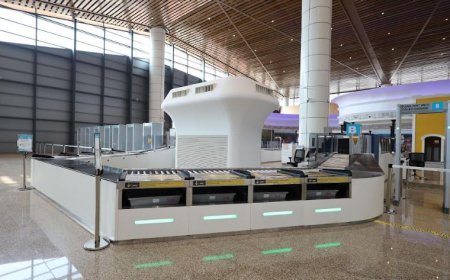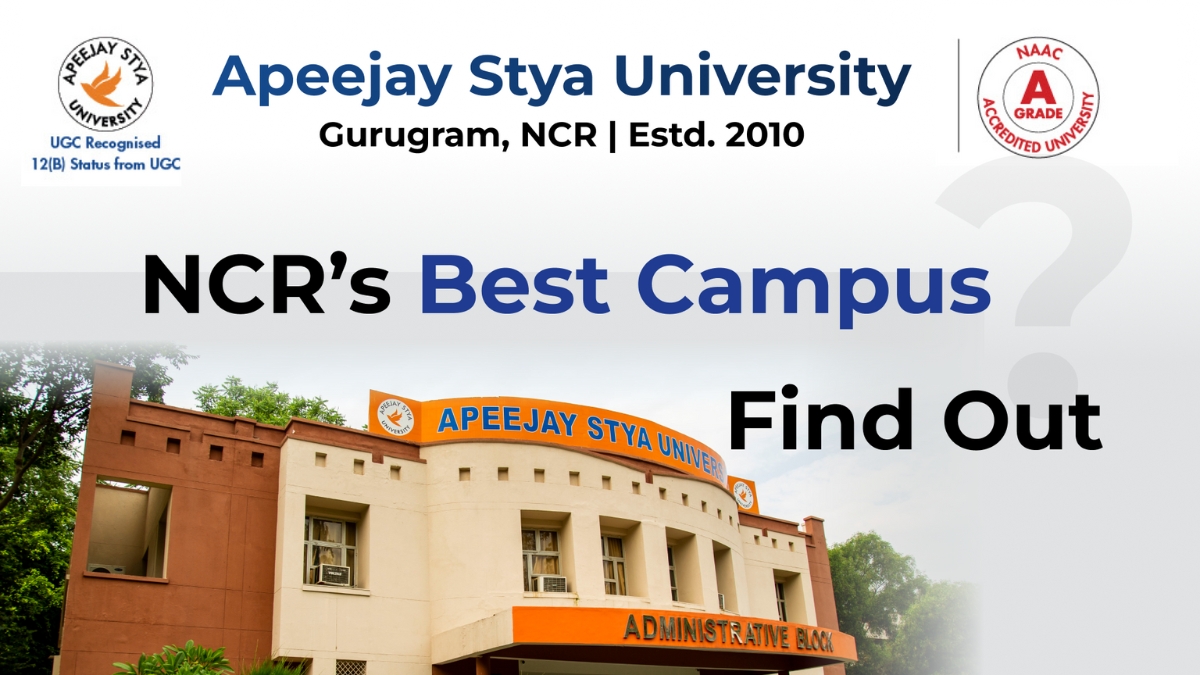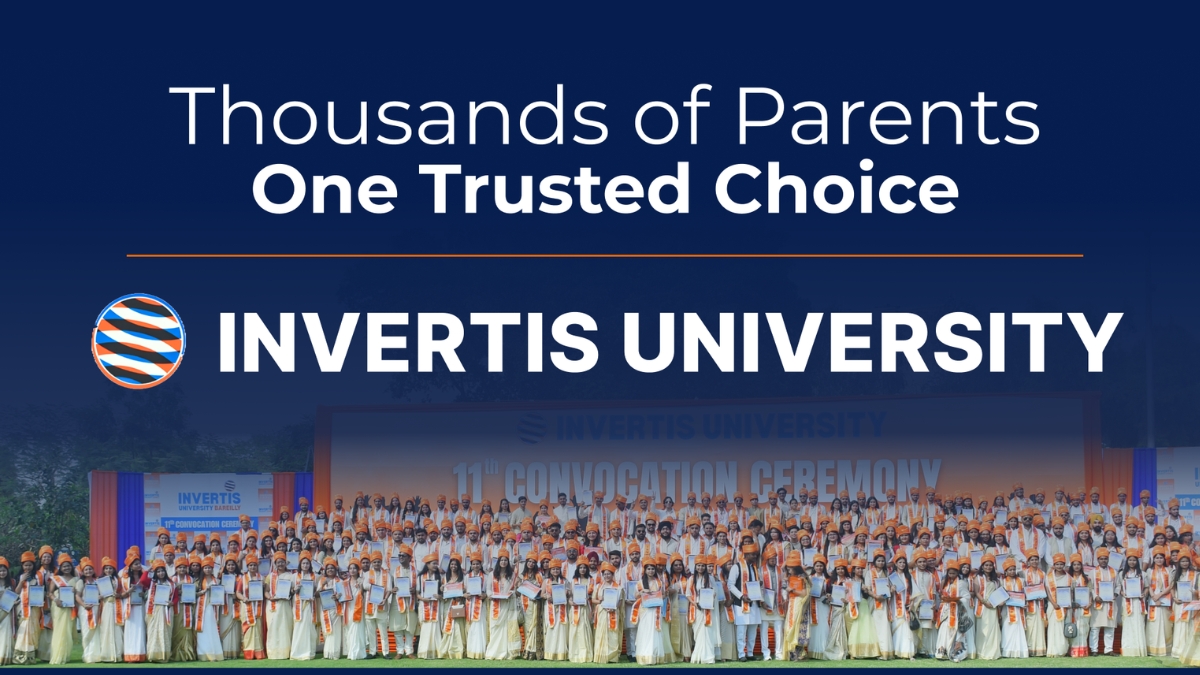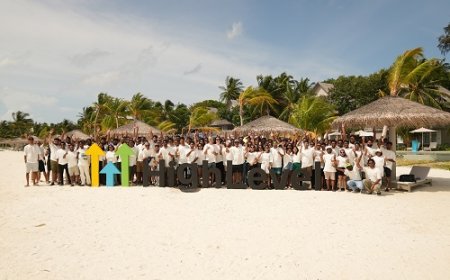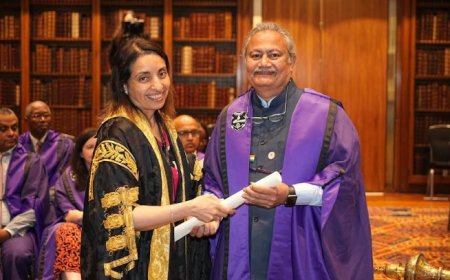UNESCO Launches “World Heritage, Sustainable Development, and Local Communities” Project in Agra
Agra (Uttar Pradesh) [India], April 7: The UNESCO Regional Office for South Asia launched the “World Heritage, Sustainable Development, and Local Communities” project in Tajganj, Agra. Supported by the Korean Funds-in-Trust, this initiative aims to empower artisans specializing in Parchin Kari (stone inlay craft) while fostering sustainable, community-driven heritage conservation and tourism. The launch event [...]


Agra (Uttar Pradesh) [India], April 7: The UNESCO Regional Office for South Asia launched the “World Heritage, Sustainable Development, and Local Communities” project in Tajganj, Agra. Supported by the Korean Funds-in-Trust, this initiative aims to empower artisans specializing in Parchin Kari (stone inlay craft) while fostering sustainable, community-driven heritage conservation and tourism.
The launch event brought together key dignitaries, including Ms Hemalata Diwakar, Mayor of Agra; Mr Aravind Mallappa Bangari, District Magistrate of Agra District; Mr Ankit Khandelwal, Municipal Commissioner of Agra; and representatives from UNESCO, local government, artisans’ groups, and cultural heritage experts. Their presence underscored the significance of this initiative in strengthening Agra’s cultural economy and integrating traditional crafts into the broader heritage and tourism landscape.
Preserving Heritage, Enhancing Livelihoods
Agra, home to the Taj Mahal and Agra Fort—both UNESCO World Heritage Sites, has a rich artistic and cultural legacy. However, the benefits of heritage tourism have not fully reached local artisan communities, particularly those engaged in the centuries-old craft of stone inlay work.
During the launch, Ms Junhi Han, Chief of Culture at the UNESCO South Asia Office, highlighted the project’s transformative potential, emphasizing that heritage is not just about preserving the past but also about empowering communities in the present and ensuring a sustainable future. She underscored UNESCO’s commitment to community-centred heritage conservation, referencing the World Heritage Committee’s adoption of “Communities” as a key strategic objective in 2007.
The Project focus on empowering stone inlay artisans of Tajganj by enhancing their livelihoods, skills, and market access. It supports artisans in accessing welfare schemes, improving English proficiency, and developing entrepreneurial skills through training in design innovation, social media marketing, and customer service. As part of this effort, heritage walks and a children’s colouring book will serve as interactive tools to introduce young learners to Tajganj’s rich cultural heritage, instilling awareness and appreciation from an early age. Additionally, the project will promote community-led heritage tourism experiences, including heritage walks and educational programs, to engage local youth and foster cultural pride.
Following the project launch, a roundtable panel discussion brought together design experts, policymakers, tourism professionals, and cultural practitioners to explore strategies for design diversification and market linkages. Experts from institutions like the National Institute of Design (NID) and specialists in heritage tourism shared insights on innovating traditional crafts, expanding market opportunities, and leveraging digital platforms to enhance artisans’ reach. The discussion emphasized the role of design interventions, skill development, and marketing in ensuring sustainable livelihoods for artisans while preserving Tajganj’s rich craft traditions.
UNESCO also launched “Heritage Wonders of Tajganj, Agra”, a children’s colouring book showcasing Tajganj’s rich heritage. Designed to foster cultural awareness and pride among local children, the book introduces them to the history, craftsmanship, and architectural wonders of their surroundings through engaging, interactive illustrations they can colour. By fostering early connections with heritage, the initiative aims to instil a sense of ownership and appreciation among the younger generation, ensuring the continuity of Agra’s unique cultural legacy.
Through the project, UNESCO aims to create a model for a people centric sustainable development and heritage management with community empowerment who is custodian for safeguarding cultural heritage.
For more details, please contact:
Junhi Han j.han@unesco.org
Chironjit Ganguly c.ganguly@unesco.org
If you have any objection to this press release content, kindly contact pr.error.rectification@gmail.com to notify us. We will respond and rectify the situation in the next 24 hours.
What's Your Reaction?








